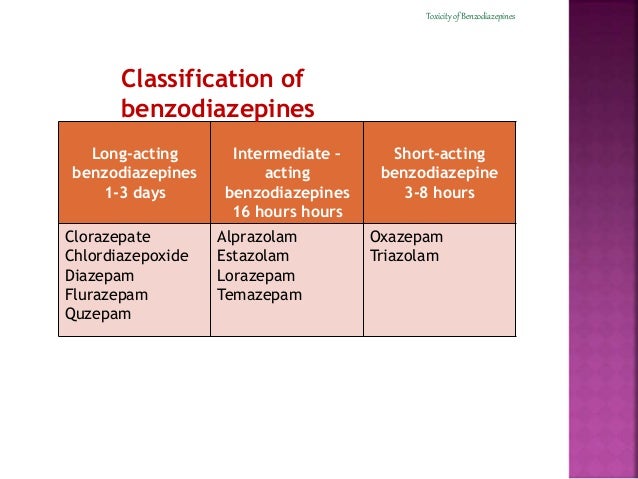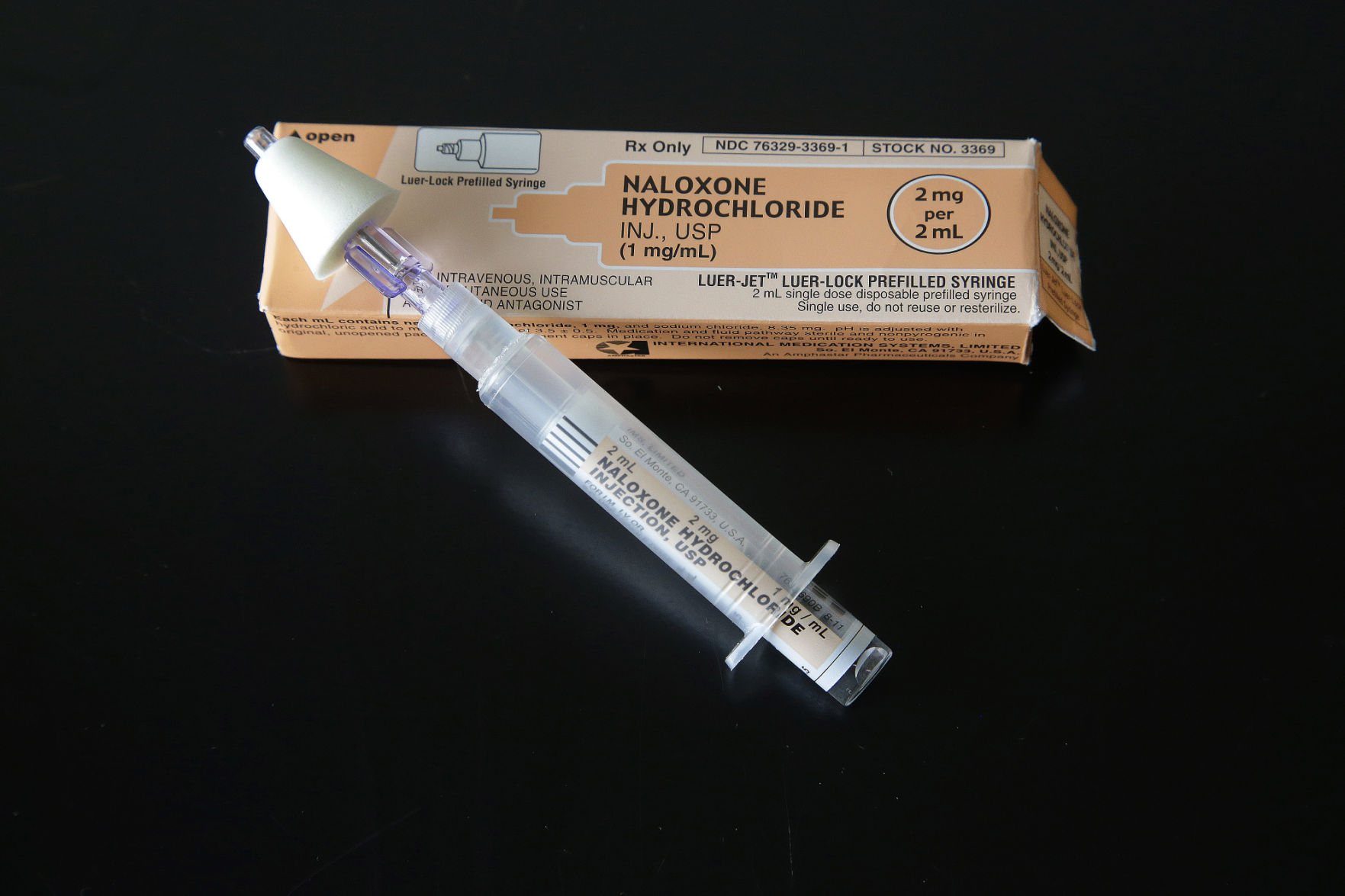

Lorazepam glucuronide is an inactive metabolite. Lorazepam undergoes direct glucuronidation without prior cytochrome p450 metabolism consequently, lorazepam can be used in patients with hepatic dysfunction with insignificant effects on the pharmacokinetics. Metabolism: Lorazepam is metabolized by conjugation in the liver and undergoes enterohepatic recirculation. Lorazepam crosses the blood/brain barrier freely by passive diffusion. Lorazepam has approximately 90% plasma protein binding. Lorazepam crosses the blood/brain barrier freely by passive diffusion.ĭistribution: The volume of distribution is 1.3 L/kg. The bioavailability of lorazepam is approximately 90%. Peak concentrations are attained two hours following oral administration. Its inhibitory action in the amygdala is beneficial in anxiety disorders, while its inhibitory activity in the cerebral cortex is beneficial in seizure disorders.Ībsorption: lorazepam is well absorbed after oral administration.

This shift in chloride ions results in hyperpolarization and stabilization of the cellular plasma membrane. It enhances the inhibitory effects of GABA, which increases the conductance of chloride ions in the cell. Lorazepam binds to benzodiazepine receptors on the postsynaptic GABA-A ligand-gated chloride channel neuron at several sites within the central nervous system (CNS).


 0 kommentar(er)
0 kommentar(er)
